Media Relations Posts
Opening the Door to Cheaper HIV Drugs for Children

The UN-backed Medicines Patent Pool (MPP) announced today they’ve struck a licensing agreement with Merck—a first-time partner for MPP—for use of their pediatric HIV drug in the low- and middle-income countries with the highest burden of disease. Ninety-eight percent of children with HIV in the developing world live in these countries, which include India, South Africa and Nigeria.
Improving Oral Health for Kids and Communities
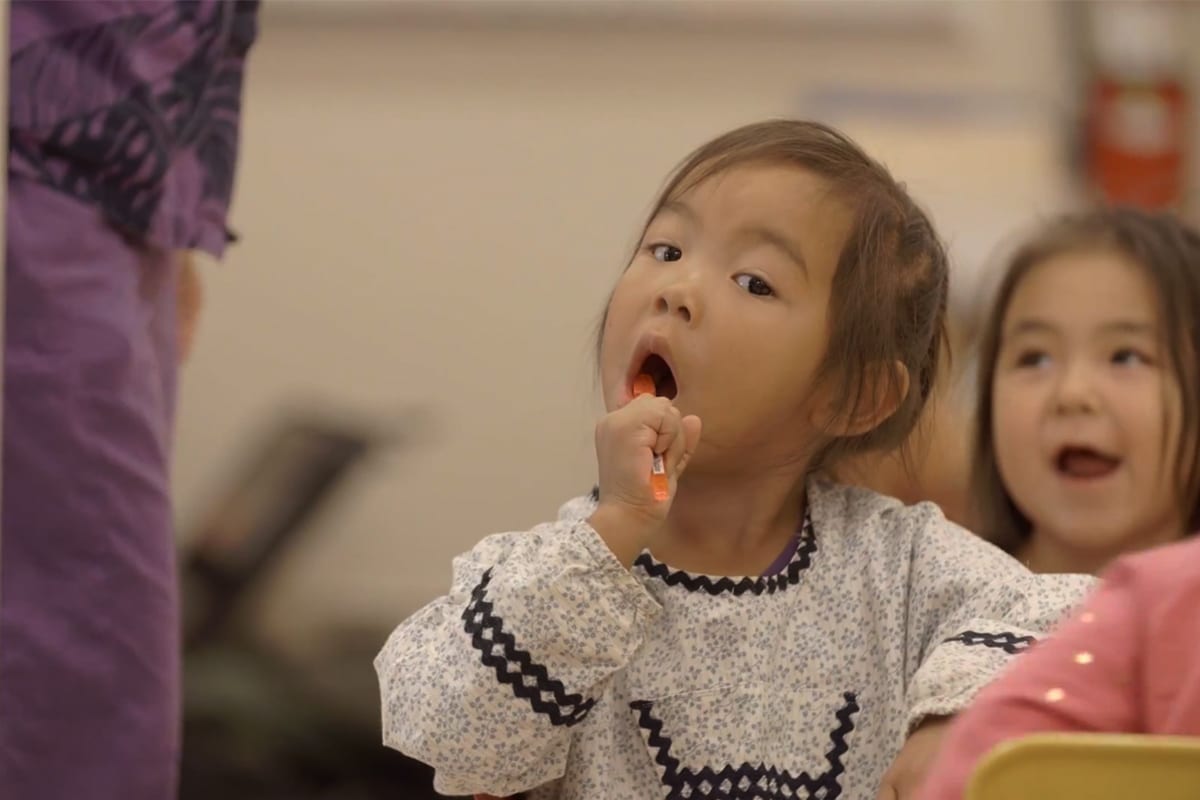
Dental Health Aide Therapist (DHAT) Bonnie Johnson, from Emmonak, Alaska, travels around her community providing dental care to children and families in rural Alaska. Tribal leaders, dentists and community members explain how dental therapists like Bonnie have helped radically improve oral health in their villages while inspiring their community, once known for rampant tooth decay and poor oral health, to strive for a different, healthier future.
Can a List Save the World’s Forests?

Did you know that more than 50 percent of products on grocery store shelves contain ingredients—from palm oil to soy—that likely contributed to the destruction of rainforests? Fortunately, dozens of companies—from Kellogg’s to Mars, Inc.—have recently made pledges to remove forest destruction from the supply chains of their products.
The State of Rights and Resources
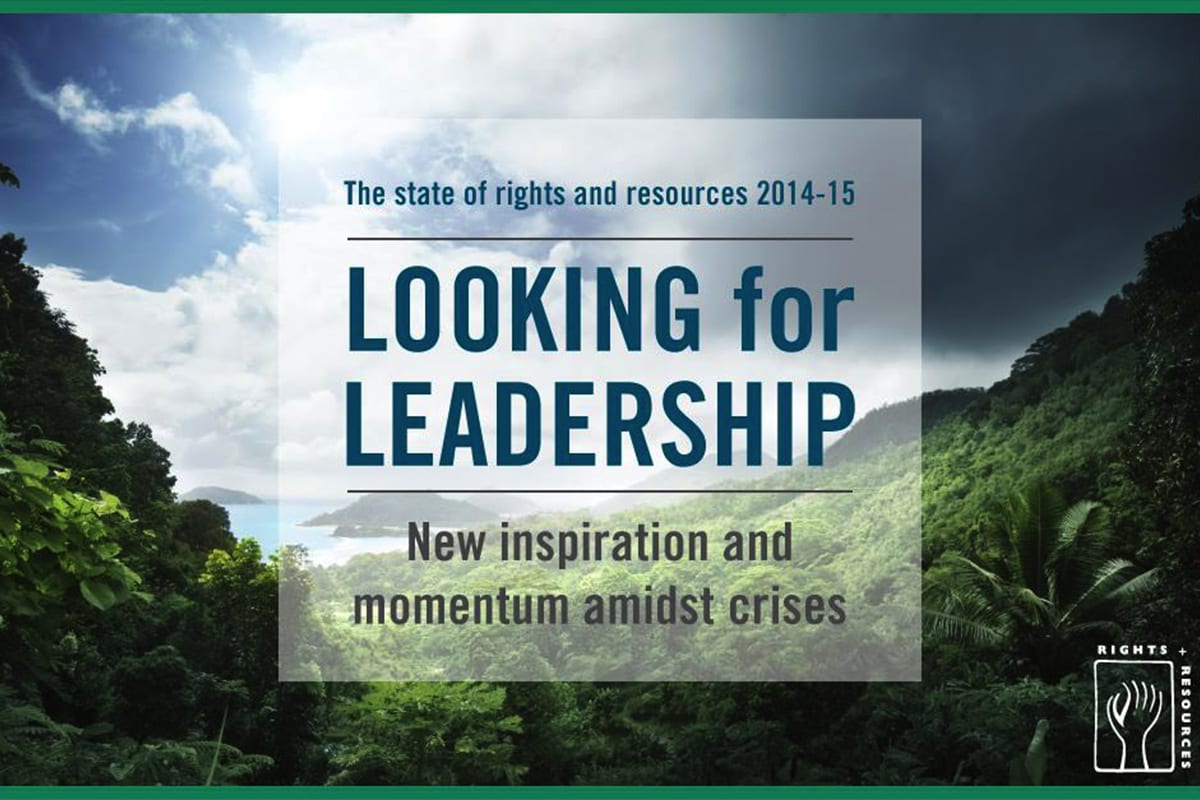
In 2014, we saw a number of studies showing that when Indigenous Peoples and local communities have control of their land and the natural resources the land contains, they do the best job of keeping those resources—including tropical forests and fresh water supplies, for example—intact. But often times, governments claim control of the land and the disposition of its resources.
Indigenous Peoples + Rights = Living Forests
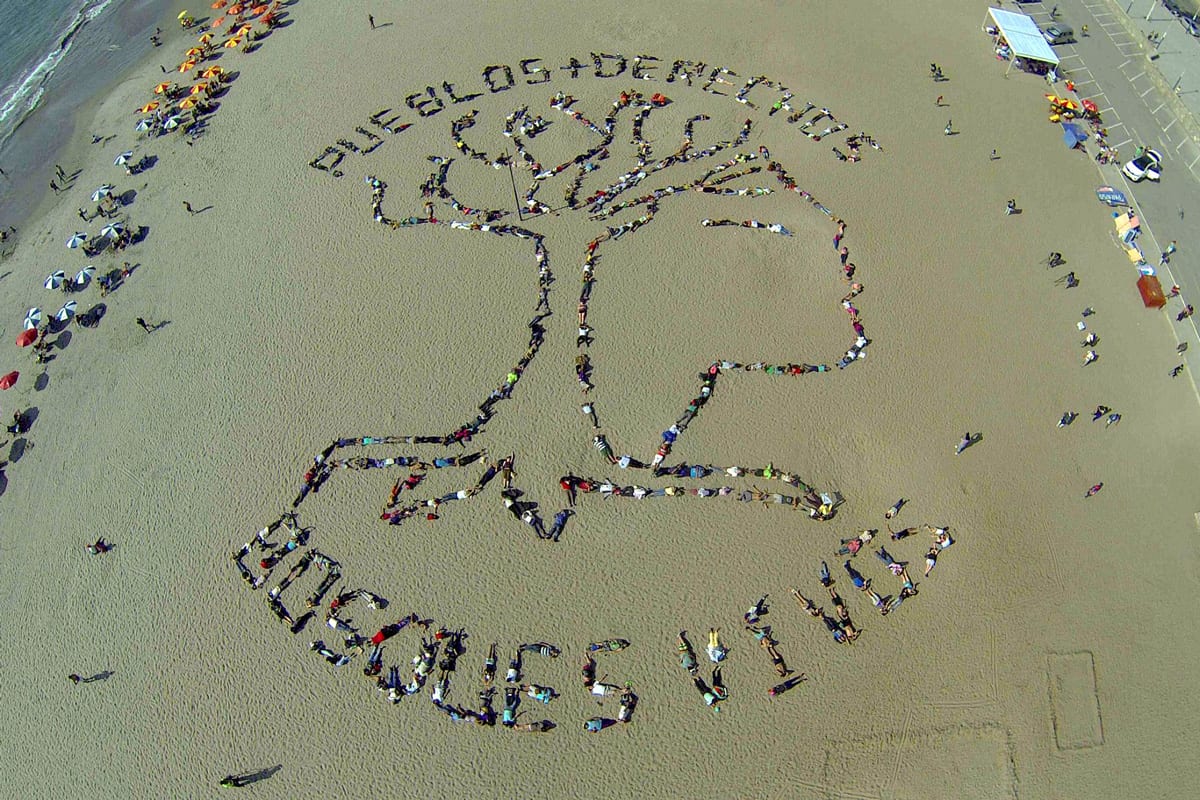
This past December, Peru became the first Amazonian forest nation to host the UN climate change conference, commonly known as the COP. The event attracted the usual committed global advocates, researchers and policy makers who flock to the COP every … Continue reading Indigenous Peoples + Rights = Living Forests
Ebola Insights
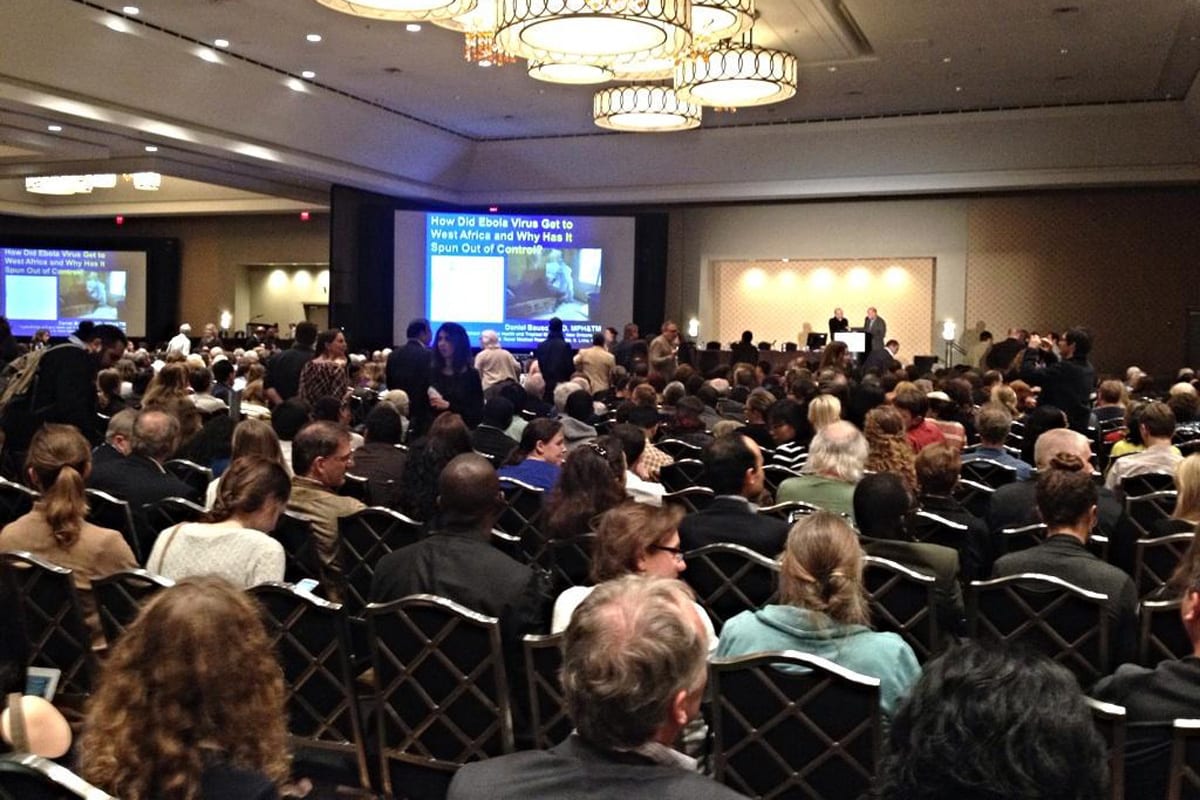
The 63rd Annual Meeting of the American Society of Tropical Medicine and Hygiene (ASTMH, a Burness Client), featured informative, gripping, tragic, and inspirational testimony from people working on the front lines of the Ebola epidemic and now racing to develop, test, and approve life-saving drugs and vaccines.
RWJF-funded Research Shows Power of Early Engagement in Treating Mental Illness
A Washington Post front-page story this week reports on the groundbreaking success of the Early Detection and Intervention for the Prevention of Psychosis Program (EDIPPP) in helping at-risk young people avoid developing schizophrenia, a costly and potentially life-altering condition that affects 2.4 million Americans.
Conversations in Development: A World Free of Malaria
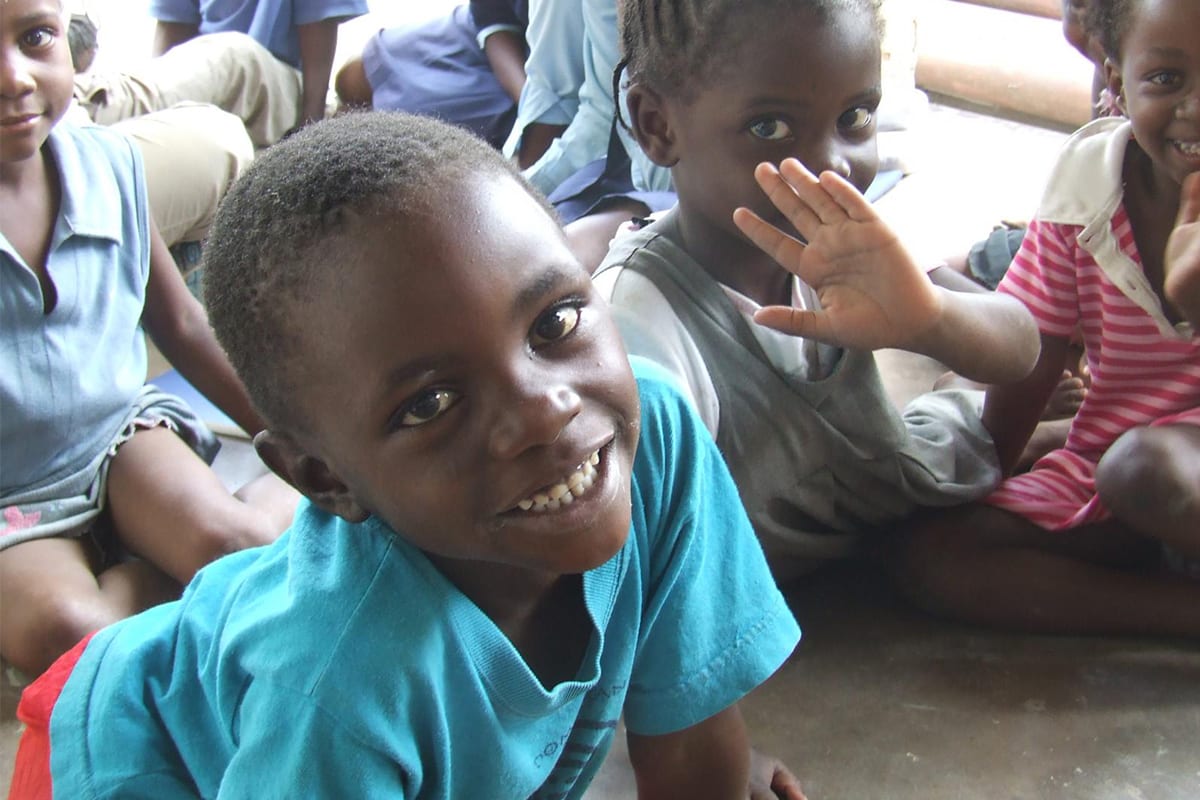
While deaths from malaria have dropped by more than 25% globally since 2000, new tools are needed to fight emerging drug and insecticide resistance and ensure goals of elimination and eradication can be met.
Looking in Switzerland for the Answers to Financial Risk in Economic Development

When you look at mining, logging, and large-scale agriculture in the developing world, an unfortunate set of numbers leap out. Because these industries need land that is mostly inhabited, contested ownership of rural, forest, and dryland areas directly affects the livelihoods of more than two billion people.
Suburban Poverty: A Phenomenon That’s More Common Than You Might Think
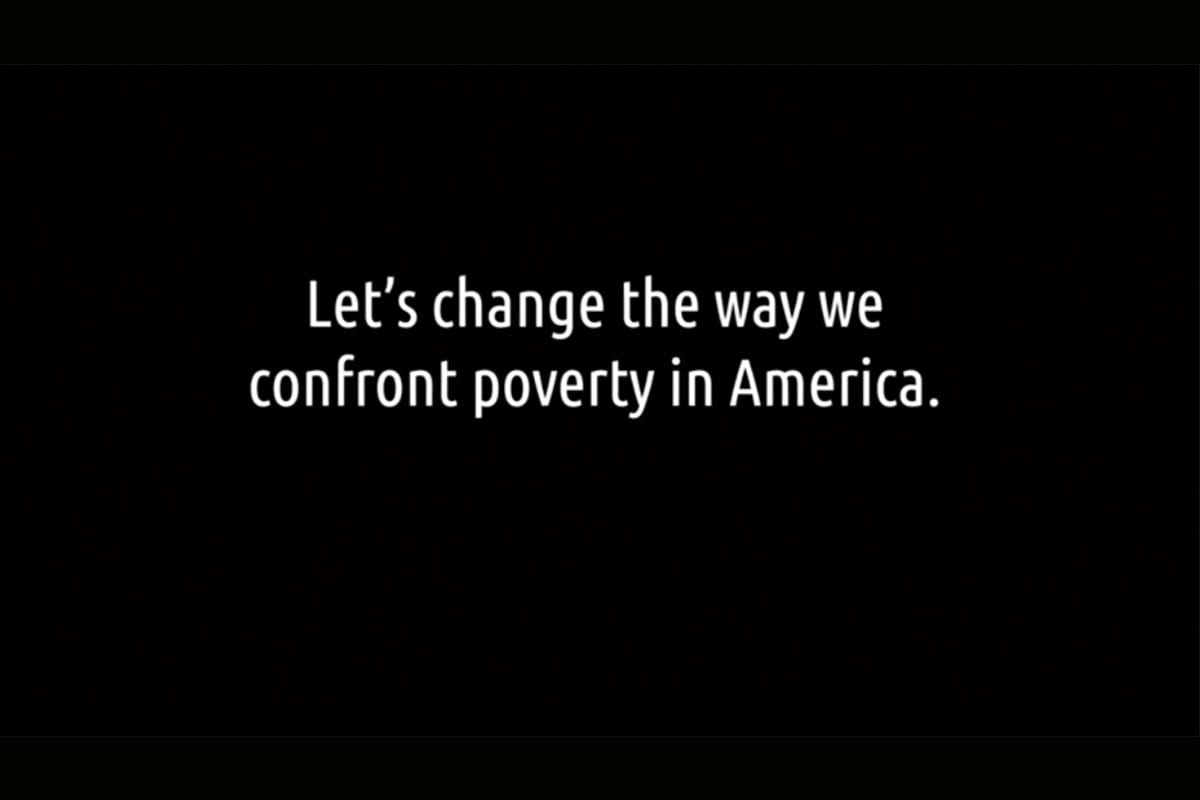
According to “Confronting Suburban Poverty in America,” authored by Elizabeth Kneebone and Alan Berube of the Metropolitan Policy Program, the poor population in America’s suburbs is growing faster than anywhere else in the country, surging 64 percent in the past decade and growing at more than twice the rate of the urban poor population.
